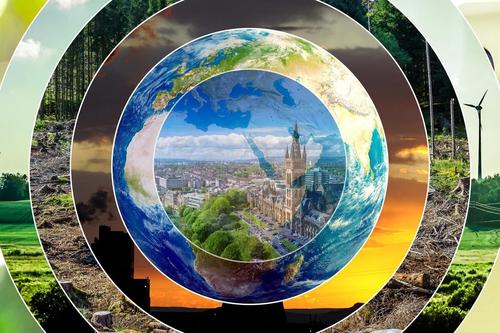ZeroHedge - On a long enough timeline, the survival rate for everyone drops to zero

www.zerohedge.com
Mayhem & Madness: Authoritarian Monsters Wreak Havoc On Our Freedoms
WEDNESDAY, OCT 27, 2021 - 10:50 PM
Authored by John W. Whitehead & Nisha Whitehead via The Rutherford Institute,
“You see them on the street. You watch them on TV. You might even vote for one this fall. You think they’re people just like you.
You’re wrong. Dead wrong.”
- They Live
We are living in an age of mayhem, madness and monsters.
Monsters with human faces walk among us. Many of them work for the U.S. government.
What we are dealing with today is an authoritarian beast that has outgrown its chains and will not be restrained.

Through its acts of power grabs, brutality, meanness, inhumanity, immorality, greed, corruption, debauchery and tyranny, the government has become almost indistinguishable from the evil it claims to be fighting, whether that evil takes the form of
terrorism, torture, disease,
drug trafficking,
sex trafficking, murder, violence, theft, pornography,
scientific experimentations or some other diabolical means of inflicting pain, suffering and servitude on humanity.
We have let the government’s evil-doing and abuses go on for too long.
We have bought into the illusion and refused to grasp the truth.
We’re being fed a series of carefully contrived fictions that bear no resemblance to reality.
We’re living in two worlds: the world we see (or are made to see) and the one we sense (and occasionally catch a glimpse of), the latter of which is a far cry from the propaganda-driven reality manufactured by the government and its corporate sponsors, including the media.
Indeed, what most Americans perceive as life in America—privileged, progressive and free—is a far cry from reality, where economic inequality is growing; pandemic lockdowns (both mental and physical), real agendas and real power are buried beneath layers of Orwellian doublespeak and corporate obfuscation; and “freedom,” such that it is, is meted out in small, legalistic doses by militarized police armed to the teeth.
The powers-that-be want us to feel threatened by forces beyond our control (terrorists,
shooters,
bombers, disease, etc.).
They want us afraid and dependent on the government and its militarized armies for our safety and well-being.
They want us distrustful of each other, divided by our prejudices, and at each other’s throats.
Most of all, they want us to continue to march in lockstep with their dictates.
Tune out the government’s attempts to distract, divert and befuddle us and tune into what’s really going on in this country, and you’ll run headlong into an unmistakable, unpalatable truth: the moneyed elite who rule us view us as expendable resources to be used, abused and discarded.
In fact, a study conducted by Princeton and Northwestern University concluded that the
U.S. government does not represent the majority of American citizens.
Instead, the study found that the government is ruled by the rich and powerful, or the so-called “economic elite.” Moreover, the researchers concluded that policies enacted by this governmental elite nearly always favor special interests and lobbying groups.
In other words, we are being
ruled by an oligarchy disguised as a democracy, and arguably on our way towards fascism—a form of government where private corporate interests rule, money calls the shots, and the people are seen as mere subjects to be controlled.
Not only do you have to be rich—or beholden to the rich—to get elected these days, but
getting elected is also a surefire way to get rich. As
CBS News reports, “Once in office, members of Congress enjoy access to connections and information they can use to increase their wealth, in ways that are unparalleled in the private sector. And once politicians leave office, their connections allow them to profit even further.”
In denouncing this blatant corruption of America’s political system, former president Jimmy Carter blasted the process of getting elected—to the White House, governor’s mansion, Congress or state legislatures—as “
unlimited political bribery… a subversion of our political system as a payoff to major contributors, who want and expect, and sometimes get, favors for themselves after the election is over.”
Rest assured that when and if fascism finally takes hold in America, the basic forms of government will remain: Fascism will appear to be friendly.
The legislators will be in session. There will be elections, and the news media will continue to cover the entertainment and political trivia. Consent of the governed, however, will no longer apply. Actual control will have finally passed to the oligarchic elite controlling the government behind the scenes.
Sound familiar?
Clearly, we are now ruled by an oligarchic elite of governmental and corporate interests.
We have moved into “corporatism” (favored by Benito Mussolini), which is a halfway point on the road to full-blown fascism.
Corporatism is where the few moneyed interests—not elected by the citizenry—rule over the many. In this way, it is not a democracy or a republican form of government, which is what the American government was established to be. It is a top-down form of government and one which has a terrifying history typified by the developments that occurred in totalitarian regimes of the past: police states where everyone is watched and spied on, rounded up for minor infractions by government agents, placed under police control, and placed in detention (a.k.a. concentration) camps.
For the final hammer of fascism to fall, it will require the most crucial ingredient: the majority of the people will have to agree that it’s not only expedient but necessary.
But why would a people agree to such an oppressive regime?
The answer is the same in every age: fear.
Fear makes people stupid.
Fear is the method most often used by politicians to increase the power of government. And, as most social commentators recognize, an atmosphere of fear permeates modern America: fear of terrorism, fear of the police, fear of our neighbors and so on.
The propaganda of fear has been used quite effectively by those who want to gain control, and it is working on the American populace.
Despite the fact that we are 17,600 times more likely to die from heart disease than from a terrorist attack; 11,000 times more likely to die from an airplane accident than from a terrorist plot involving an airplane; 1,048 times more likely to die from a car accident than a terrorist attack, and
8 times more likely to be killed by a police officer than by a terrorist , we have handed over control of our lives to government officials who treat us as a means to an end—the source of money and power.
As the Bearded Man warns in
John Carpenter’s film They Live:
“They are dismantling the sleeping middle class. More and more people are becoming poor. We are their cattle. We are being bred for slavery.”
In this regard, we’re not so different from the oppressed citizens in
They Live, which was released more than 30 years ago, and remains unnervingly, chillingly appropriate for our modern age or Carpenter’s other dystopian films.
Best known for his horror film
Halloween, which assumes that there is a form of evil so dark that it can’t be killed, Carpenter’s larger body of work is infused with a strong anti-authoritarian, anti-establishment, laconic bent that speaks to the filmmaker’s concerns about the unraveling of our society, particularly our government.
Time and again, Carpenter portrays the government working against its own citizens,
a populace out of touch with reality, technology run amok, and a future more horrific than any horror film.
In
Escape from New York, Carpenter presents fascism as the future of America.
In
The Thing, a remake of the 1951 sci-fi classic of the same name, Carpenter presupposes that increasingly we are all becoming dehumanized.
In
Christine, the film adaptation of Stephen King’s novel about a demon-possessed car, technology exhibits a will and consciousness of its own and goes on a murderous rampage.
In
In the Mouth of Madness, Carpenter notes that evil grows when people lose “the ability to know the difference between reality and fantasy.”
And then there is Carpenter’s
They Live, in which two migrant workers discover that the world is not as it seems. In fact, the population is actually being controlled and exploited by aliens working in partnership with an oligarchic elite.
All the while, the populace—blissfully unaware of the real agenda at work in their lives—has been lulled into complacency, indoctrinated into compliance, bombarded with media distractions, and hypnotized by subliminal messages beamed out of television and various electronic devices, billboards and the like.
It is only when homeless drifter John Nada (played to the hilt by the
late Roddy Piper) discovers a pair of doctored sunglasses—Hoffman lenses—that Nada sees what lies beneath the elite’s fabricated reality: control and bondage.
When viewed through the lens of truth, the elite, who appear human until stripped of their disguises, are shown to be monsters who have enslaved the citizenry in order to prey on them.
Likewise,
billboards blare out hidden, authoritative messages: a bikini-clad woman in one ad is actually ordering viewers to “MARRY AND REPRODUCE.”
Magazine racks scream “CONSUME” and “OBEY.” A wad of dollar bills in a vendor’s hand proclaims, “THIS IS YOUR GOD.”
When viewed through Nada’s Hoffman lenses, some of the other hidden messages being drummed into the people’s subconscious include: NO INDEPENDENT THOUGHT, CONFORM, SUBMIT, STAY ASLEEP, BUY, WATCH TV, NO IMAGINATION, and DO NOT QUESTION AUTHORITY.
This indoctrination campaign engineered by the elite in
They Live is painfully familiar to anyone who has studied the decline of American culture.
A citizenry that does not think for themselves, obeys without question, is submissive, does not challenge authority, does not think outside the box, and is content to sit back and be entertained is a citizenry that can be easily controlled.
In this way, the subtle message of
They Live provides an apt analogy of our own distorted vision of life in the American police state, what philosopher Slavoj Žižek refers to as
dictatorship in democracy, “the invisible order which sustains your apparent freedom.”
From the moment we are born until we die, we are indoctrinated into believing that those who rule us do it for our own good. The truth is far different.
Despite the truth staring us in the face, we have allowed ourselves to become fearful, controlled, pacified zombies.
We live in a perpetual state of denial, insulated from the painful reality of the American police state by wall-to-wall entertainment news and screen devices.
Most everyone keeps their heads down these days while staring zombie-like into an electronic screen, even when they’re crossing the street. Families sit in restaurants with their heads down, separated by their screen devices and unaware of what’s going on around them. Young people especially seem dominated by the devices they hold in their hands, oblivious to the fact that they can simply push a button, turn the thing off and walk away.
Indeed, there is no larger group activity than that connected with those who watch screens—that is, television, lap tops, personal computers, cell phones and so on. In fact, a Nielsen study reports that American screen viewing is at an all-time high. For example, the
average American watches approximately 151 hours of television per month.
The question, of course, is what effect does such screen consumption have on one’s mind?
Psychologically it is similar to drug addiction. Researchers found that “almost immediately after turning on the TV,
subjects reported feeling more relaxed, and because this occurs so quickly and the tension returns so rapidly after the TV is turned off, people are conditioned to associate TV viewing with a lack of tension.” Research also shows that regardless of the programming, viewers’ brain waves slow down, thus transforming them into a more passive, nonresistant state.
Historically, television has been used by those in authority to quiet discontent and pacify disruptive people. “Faced with severe overcrowding and limited budgets for rehabilitation and counseling,
more and more prison officials are using TV to keep inmates quiet,” according to
Newsweek.
Given that the majority of what Americans watch on television is provided through channels controlled by six mega corporations, what we watch is now controlled by a corporate elite and, if that elite needs to foster a particular viewpoint or pacify its viewers, it can do so on a large scale.
If we’re watching, we’re not doing.
The powers-that-be understand this. As television journalist Edward R. Murrow warned in a 1958 speech:
We are currently wealthy, fat, comfortable and complacent. We have currently a built-in allergy to unpleasant or disturbing information. Our mass media reflect this. But unless we get up off our fat surpluses and recognize that television in the main is being used to distract, delude, amuse, and insulate us, then television and those who finance it, those who look at it, and those who work at it, may see a totally different picture too late.
This brings me back to
They Live, in which the real zombies are not the aliens calling the shots but the populace who are content to remain controlled.
When all is said and done, the world of
They Live is not so different from our own. As one of the characters points out, “The poor and the underclass are growing. Racial justice and human rights are nonexistent. They have created a repressive society and we are their unwitting accomplices. Their intention to rule rests with the annihilation of consciousness. We have been lulled into a trance.
They have made us indifferent to ourselves, to others. We are focused only on our own gain.”
We, too, are focused only on our own pleasures, prejudices and gains. Our poor and underclasses are also growing. Injustice is growing. Inequality is growing.
Human rights is nearly nonexistent. We too have been lulled into a trance, indifferent to others.
Oblivious to what lies ahead, we’ve been manipulated into believing that if we continue to consume, obey, and have faith, things will work out. But that’s never been true of emerging regimes. And by the time we feel the hammer coming down upon us, it will be too late.
So where does that leave us?
The characters who populate Carpenter’s films provide some insight.
Underneath their machismo, they still believe in the ideals of liberty and equal opportunity. Their beliefs place them in constant opposition with the law and the establishment, but they are nonetheless freedom fighters.
When, for example, John Nada destroys the alien hyno-transmitter in
They Live, he delivers a wake-up call for freedom. As Nada memorably declares, “I have come here to chew bubblegum and kick ass. And I'm all out of bubblegum.”
In other words: we need to get active.
Stop allowing yourselves to be easily distracted by pointless political spectacles and pay attention to what’s really going on in the country.
The real battle between freedom and tyranny is taking place right in front of our eyes, if we would only open them.
As I make clear in my book
Battlefield America: The War on the American People and in its fictional counterpart
The Erik Blair Diaries, the real battle for control of this nation is taking place on roadsides, in police cars, on witness stands, over phone lines, in government offices, in corporate offices, in public school hallways and classrooms, in parks and city council meetings, and in towns and cities across this country.
All the trappings of the American police state are now in plain sight.
Wake up, America.
If they live (the tyrants, the oppressors, the invaders, the overlords), it is only because “we the people” sleep.

 citizenfreepress.com
citizenfreepress.com

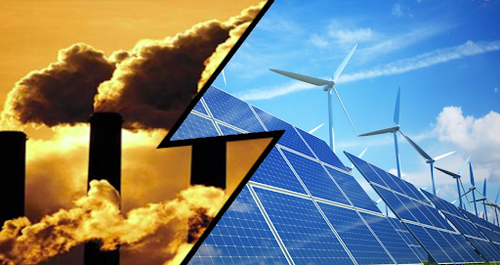
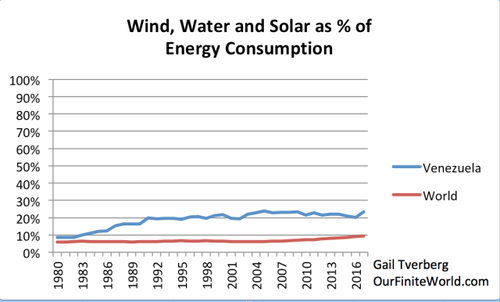



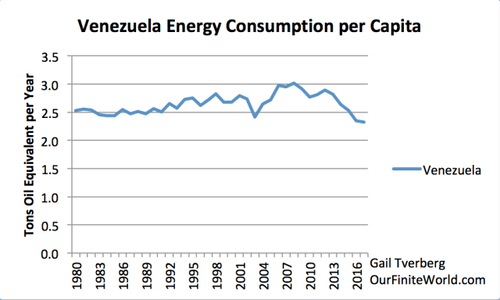
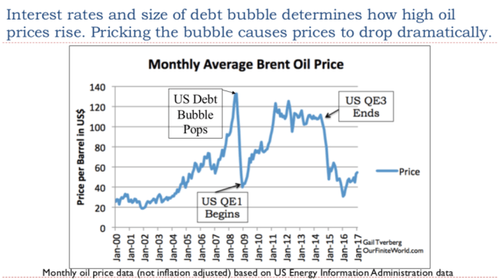
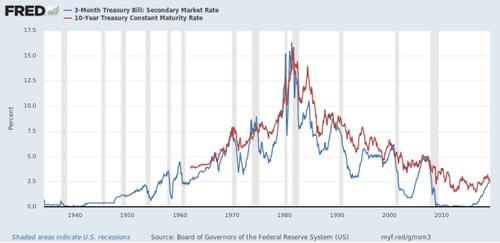




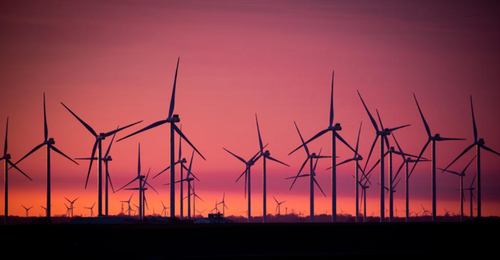
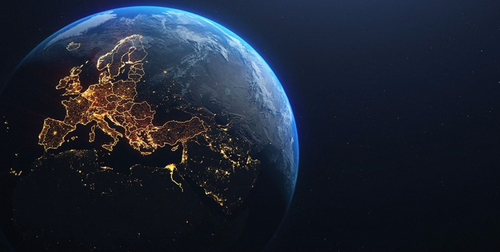
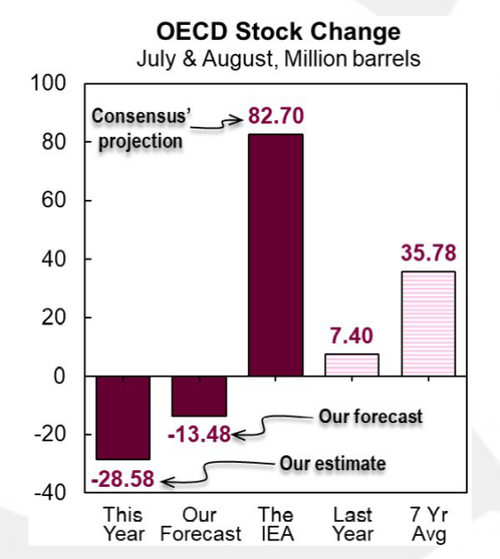
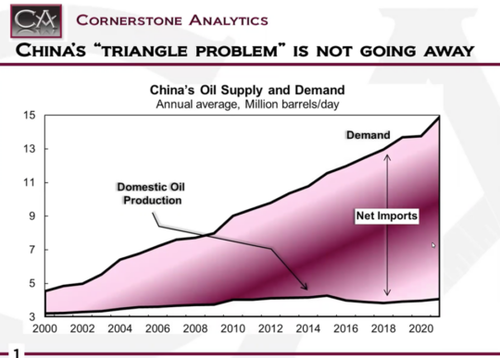

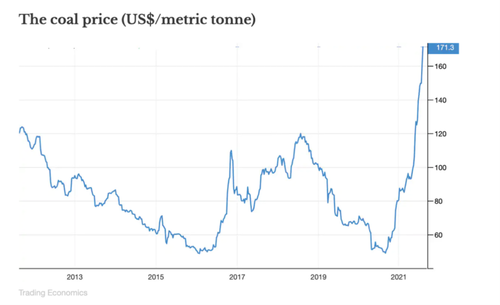

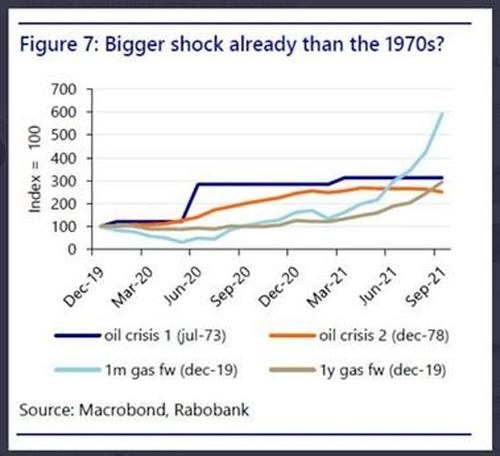
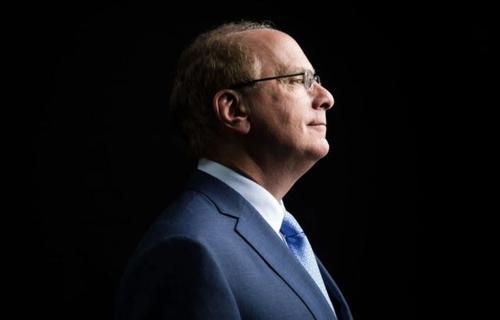



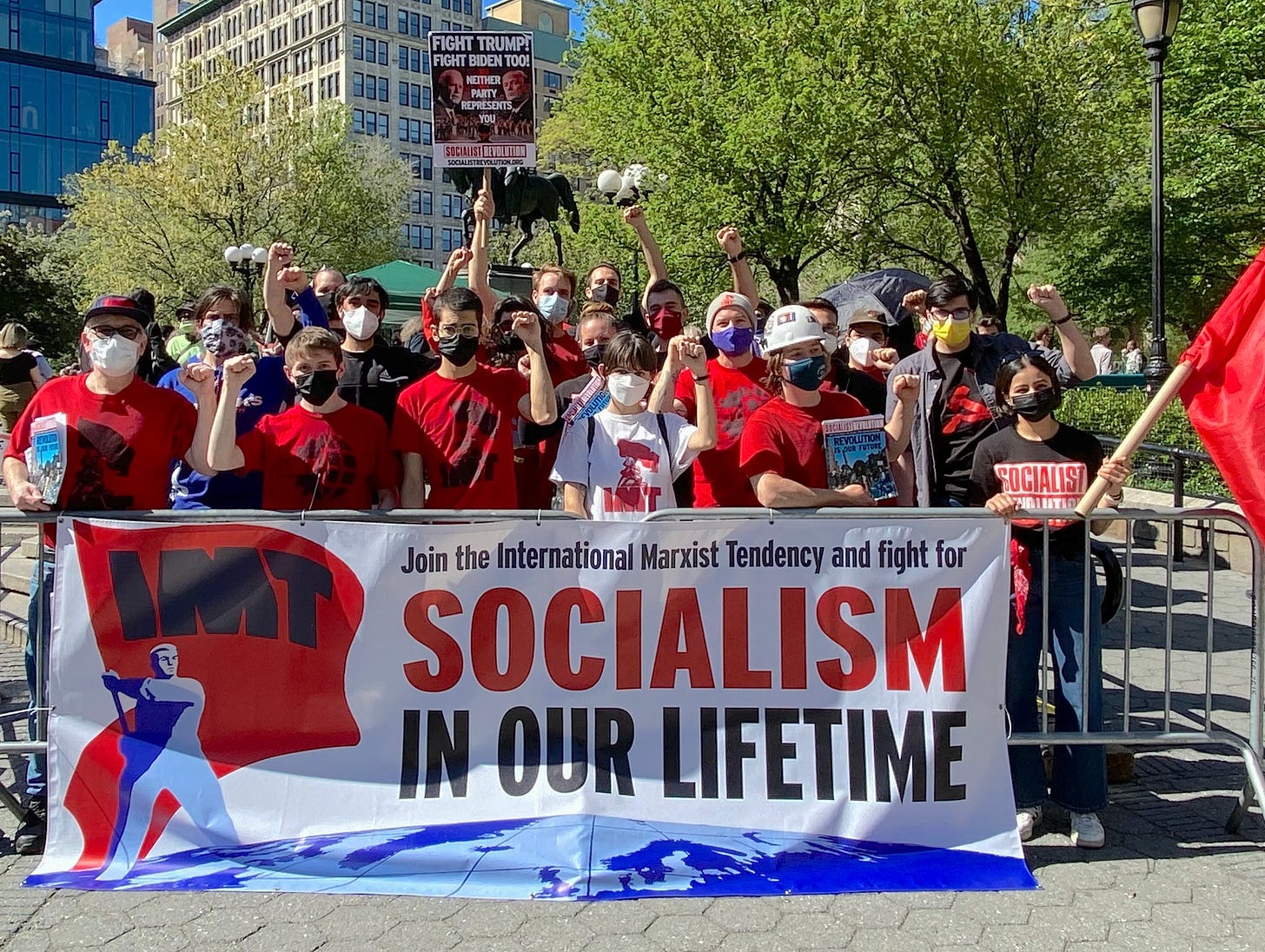






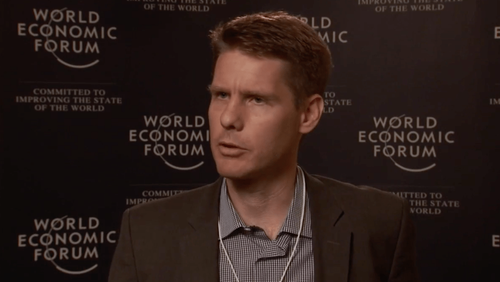





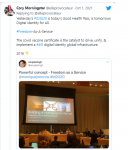
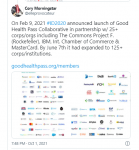




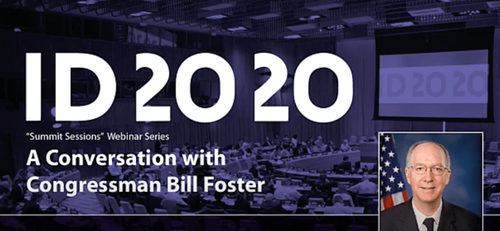







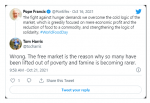
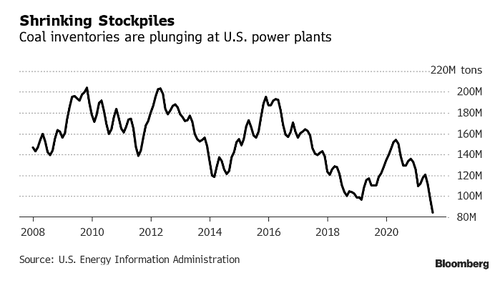
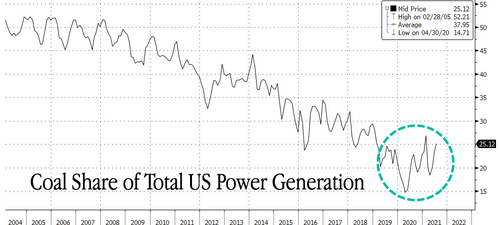
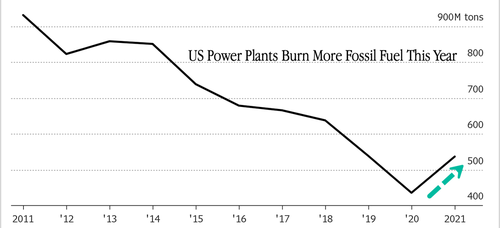









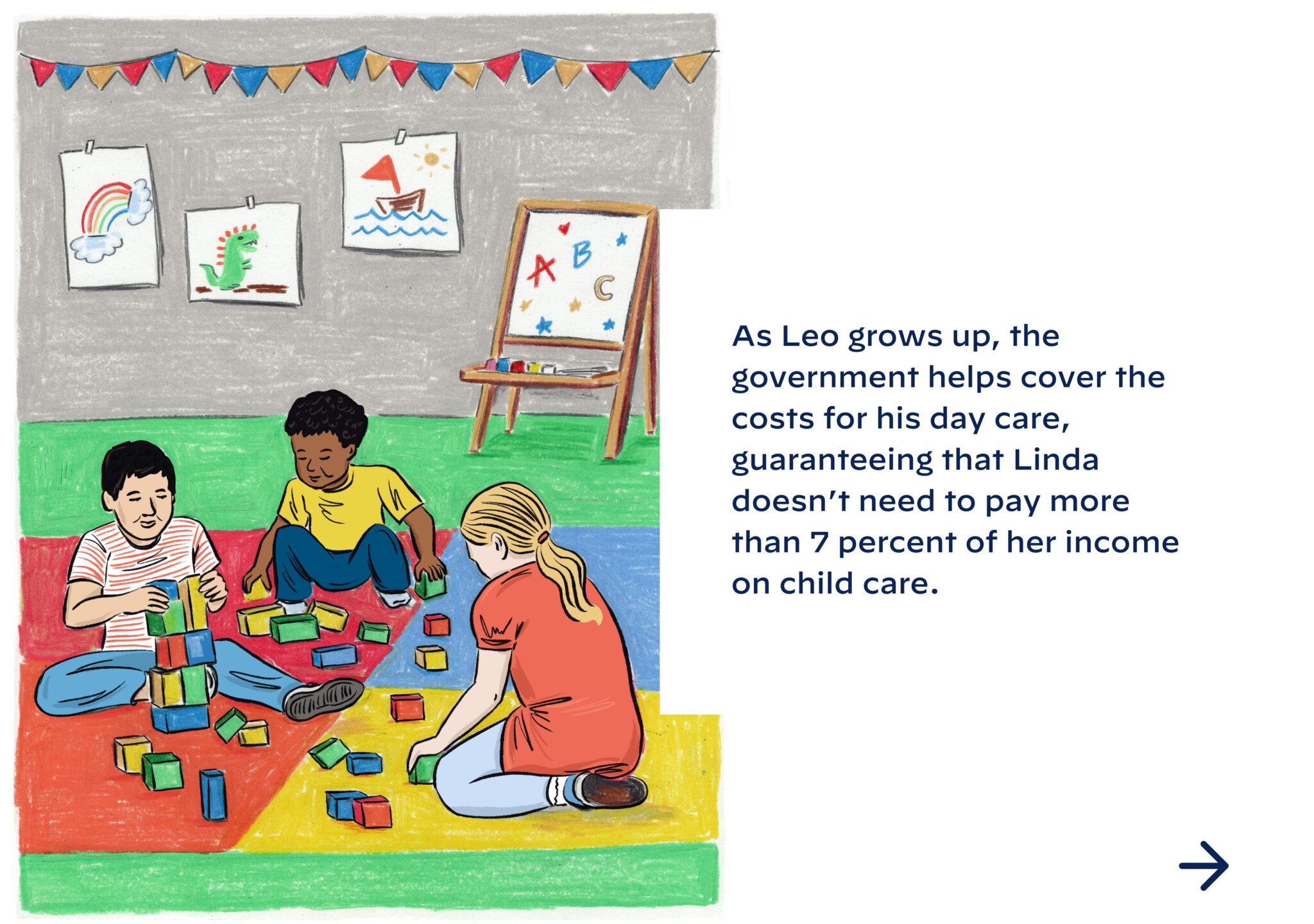







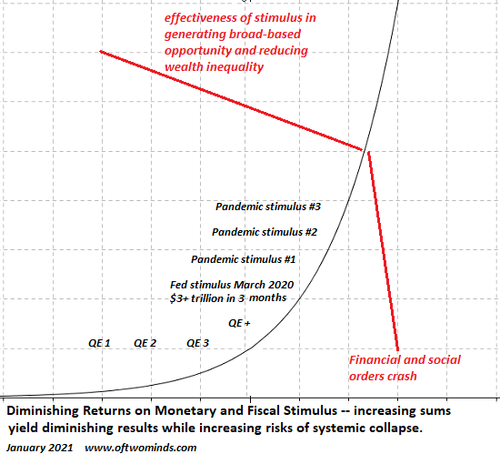
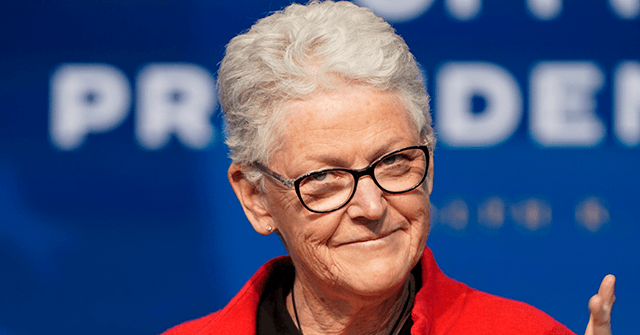
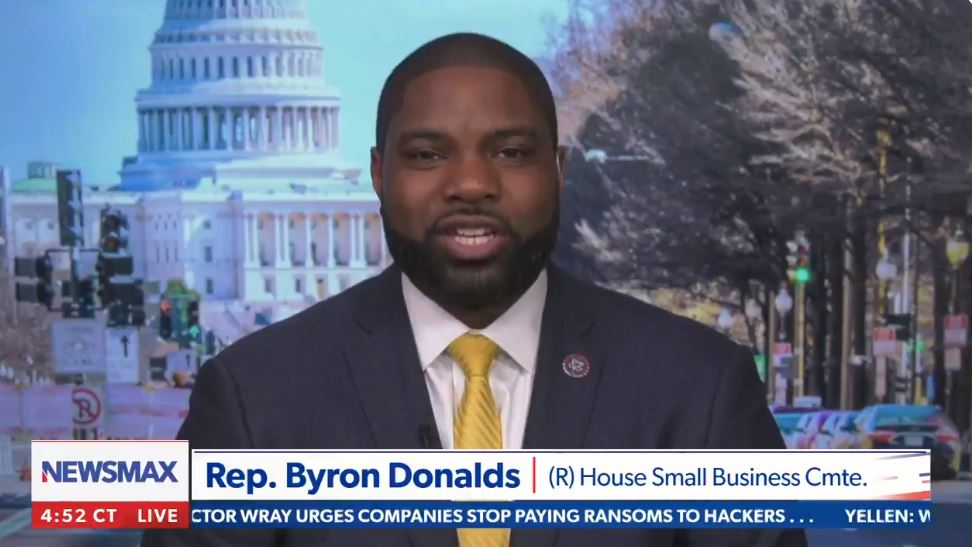


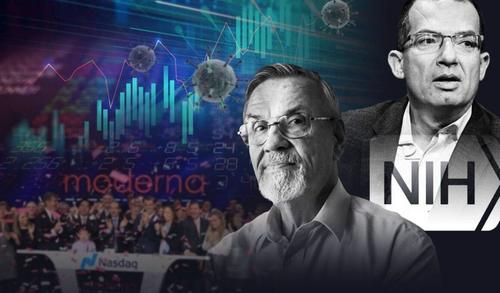
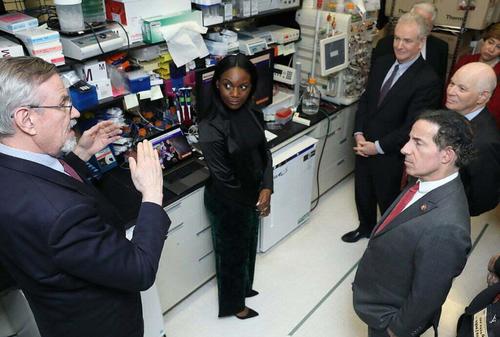 Dr. Barney Graham and Dr. Kizzmekia Corbett, VRC coronavirus vaccine lead, discuss COVID-19 research with U.S. legislators Sen. Chris Van Hollen, Sen. Benjamin Cardin and Rep. Jamie Raskin, March 6, 2020;
Dr. Barney Graham and Dr. Kizzmekia Corbett, VRC coronavirus vaccine lead, discuss COVID-19 research with U.S. legislators Sen. Chris Van Hollen, Sen. Benjamin Cardin and Rep. Jamie Raskin, March 6, 2020;  Stéphane Bancel speaks at the Breakthroughs in Cancer Care session at WEF annual meeting, January 24, 2020;
Stéphane Bancel speaks at the Breakthroughs in Cancer Care session at WEF annual meeting, January 24, 2020;  Lt. Javier Lopez Coronado and Hospitalman Francisco Velasco inspect a box of COVID-19 vaccine vials at the Naval Health Clinic in Corpus Christi, TX, December 2020;
Lt. Javier Lopez Coronado and Hospitalman Francisco Velasco inspect a box of COVID-19 vaccine vials at the Naval Health Clinic in Corpus Christi, TX, December 2020; 